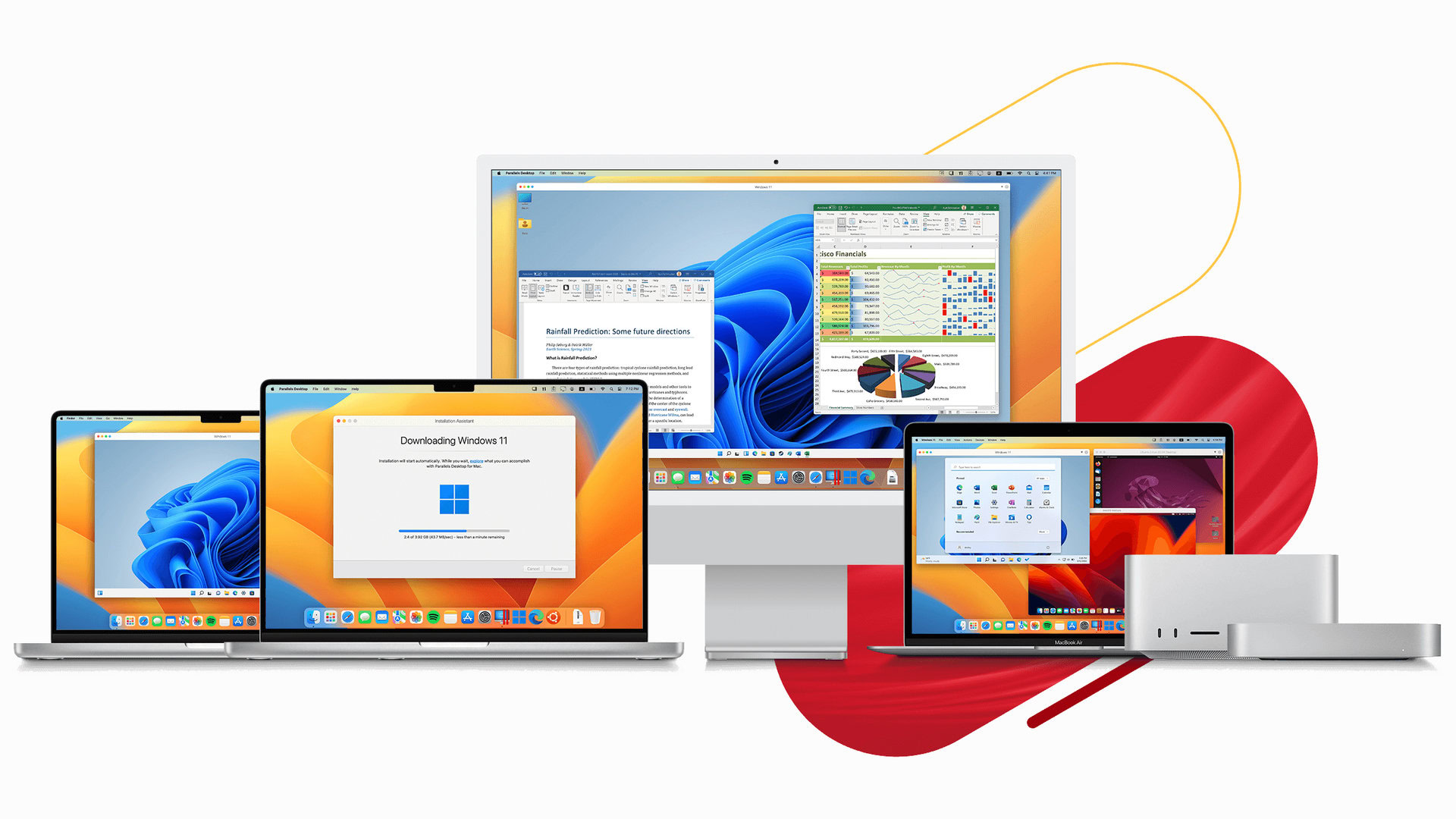Affiliate links on Android Authority may earn us a commission. Learn more.
How to put Windows on Chromebook devices
February 1, 2025
Chromebooks are simple, convenient, portable, and often very affordable. These make for great computers, and app availability has evolved enough that another computer OS may not be necessary for many. But there’s no denying Windows has its advantages, especially in software availability. Sadly, many games and programs still haven’t reached Chrome OS. If you are wondering how to run Windows on Chromebook devices, or if it’s even possible, you have come to the right place.
QUICK ANSWER
It's possible to install Windows on Chromebook devices, but it's a convoluted process, and the results likely won't be as good as simply buying a Windows laptop from the get-go. We recommend alternatives like remote desktop services, cloud computing, and finding Chrome-supported apps instead.
JUMP TO KEY SECTIONS
Editor’s warning: Some of these methods for using Windows on Chromebook devices require a high level of tinkering with the software/hardware in your computer. There’s a chance you may damage your device and/or void your manufacturer warranty. Proceed with these methods only if you feel confident about your technical knowledge and research. No one but you will be responsible if anything happens to your Chromebook.
Can you install Windows on a Chromebook?
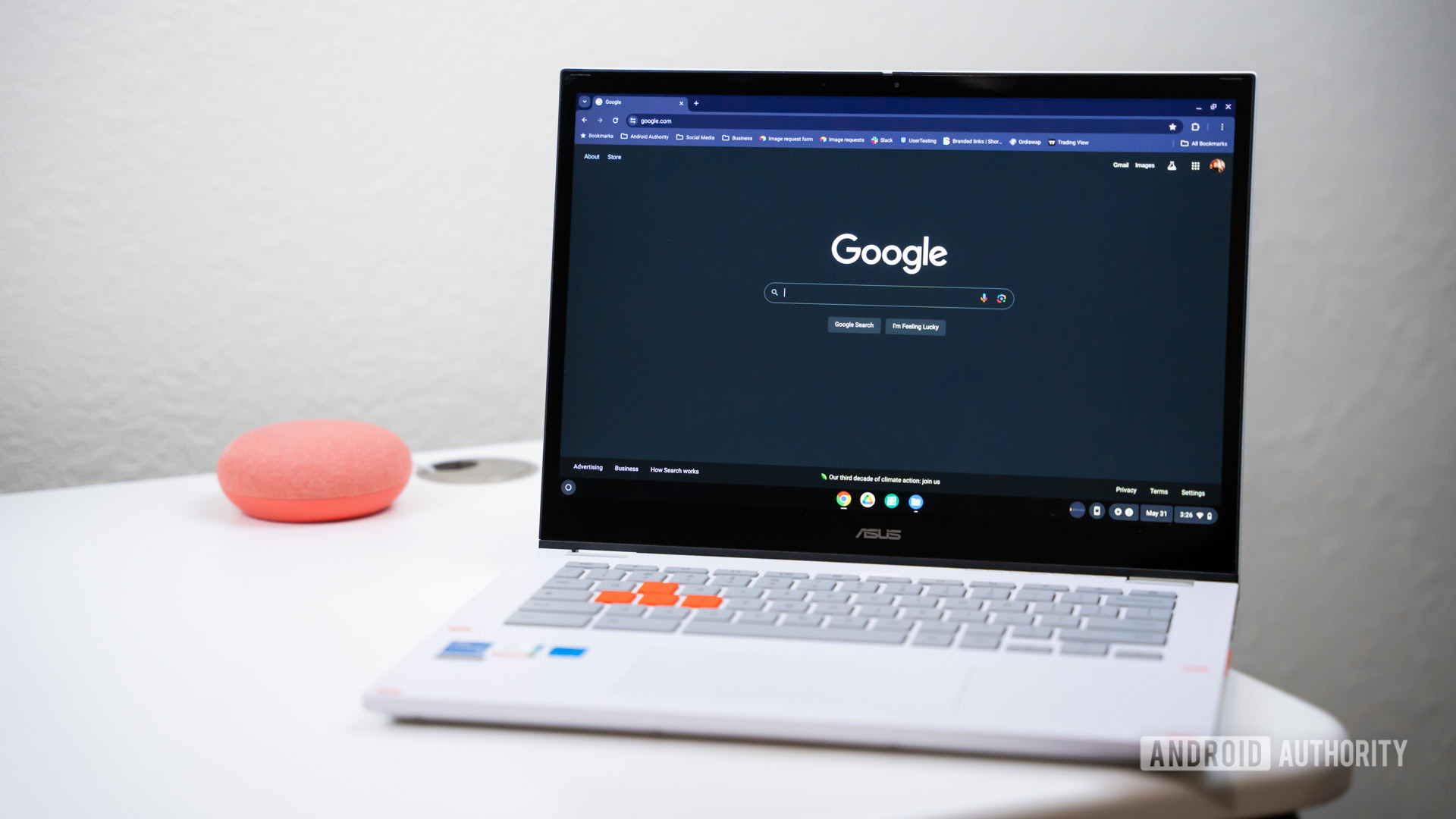
Installing Windows on Chromebook devices is possible, but it is no easy feat. Chromebooks were not made to run Windows, and if you really want a full desktop OS, they are more compatible with Linux.
We suggest that you simply buy a Windows laptop if you want to run Microsoft’s operating system. That said, we also understand there are some awesome Chromebooks, and Chrome OS has some fantastic benefits. Not to mention, you may already have a Chromebook, and are looking to avoid purchasing a whole other Windows machine.
If you must use a Chromebook and install Windows to complete some tasks, we’re here to help.
You might not need to install Windows on Chromebook devices
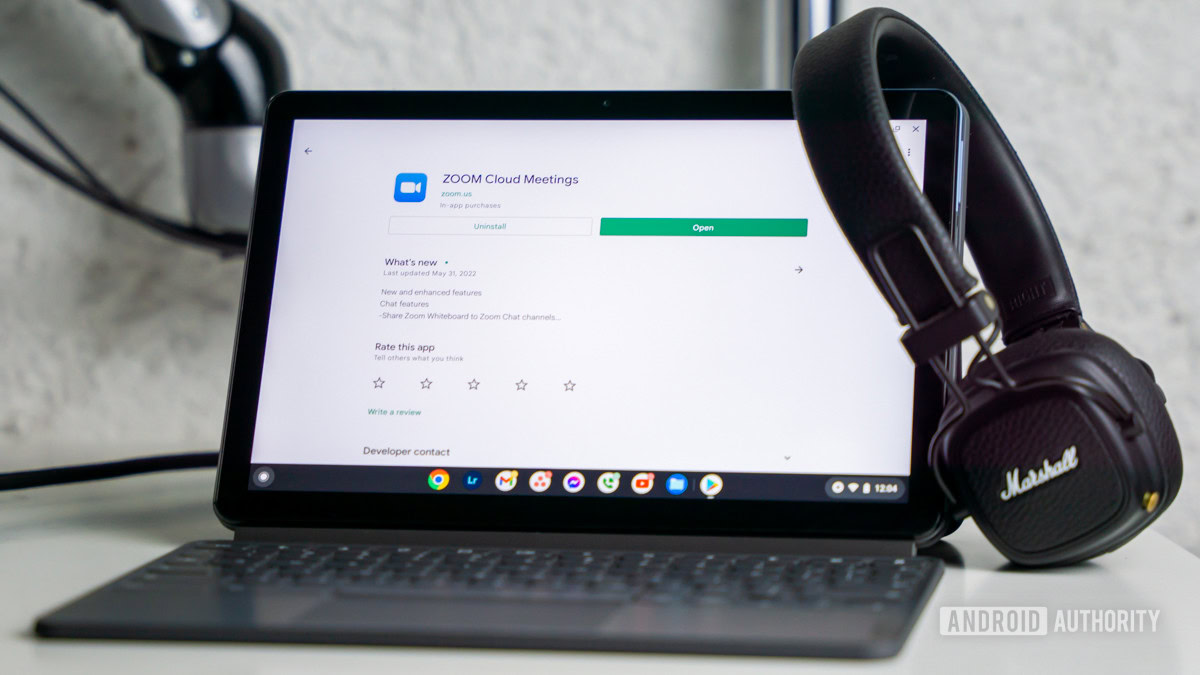
Chromebooks used to be very limited, but their software and app availability are growing heavily thanks to the support for more than Chrome OS apps.
Chromebooks can run Android apps
Most Chromebooks support Android apps now. It’s only much older versions that lucked out of this feature. As a general rule of thumb, if your Chromebook launched in 2019 or later, it can run Android apps.
If your Chrome OS laptop has access to the Google Play Store, you have a vast portfolio of apps at your disposal. There are well over three million apps in the Google Play Store, and while Chrome OS devices can’t take advantage of every app in there, the most important ones support Chromebooks.
Chromebooks that support Android apps have the Google Play Store. Open it and search for any Android apps you may want. Even higher-end apps like Adobe Lightroom, some forms of Photoshop, AutoCAD, and others are available. Not to mention there are Android games, for when you need to take a break from all that productivity.
Chromebooks can also run Linux apps
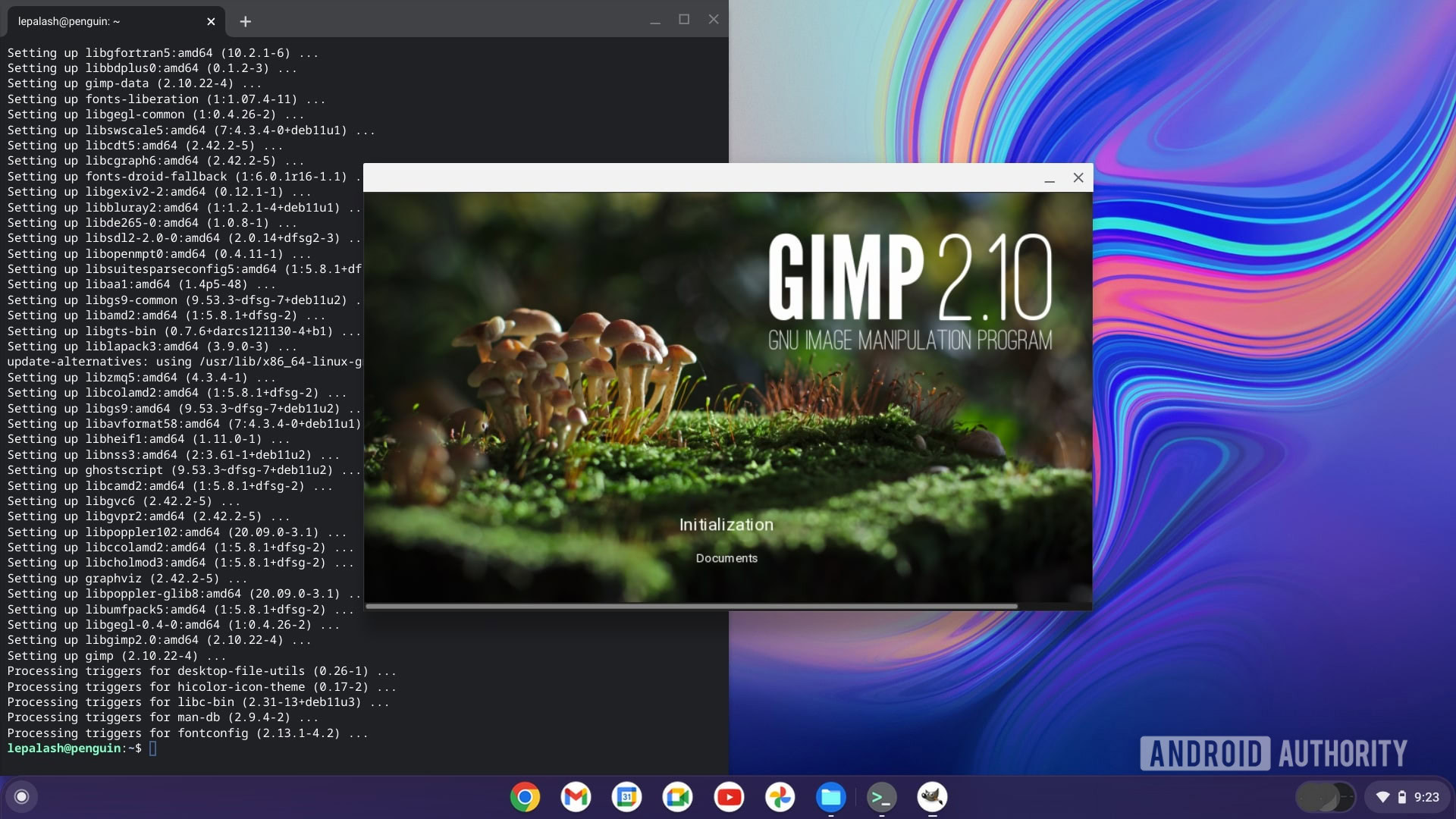
You should check if your Chromebook can run Linux apps for true desktop-level productivity. This allows you to install desktop apps as long as they are available for Linux operating systems. Popular ones include LibreOffice, Audacity, GIMP, Steam, VLC, and Firefox. You are in luck if all the apps you need come in Linux variations. Learn how to install Linux apps on Chromebooks, and you are set.
The list of Chrome OS devices that support Linux apps is no longer as limited as it was and continues growing. You can check if your computer makes the cut in the list. But as a general rule of thumb, pretty much all Chromebooks released in the last two to three years have Linux app support.
Some apps have great web versions
Some people buy Windows laptops to use Microsoft Office apps like Word, PowerPoint, Excel, etc. Did you know these are available online for free? All you have to do is go to your OneDrive account, and you can create, manage, and edit documents there. Web apps have become very powerful; you can even edit photos and videos using Chrome.
You can also take advantage of cloud gaming!
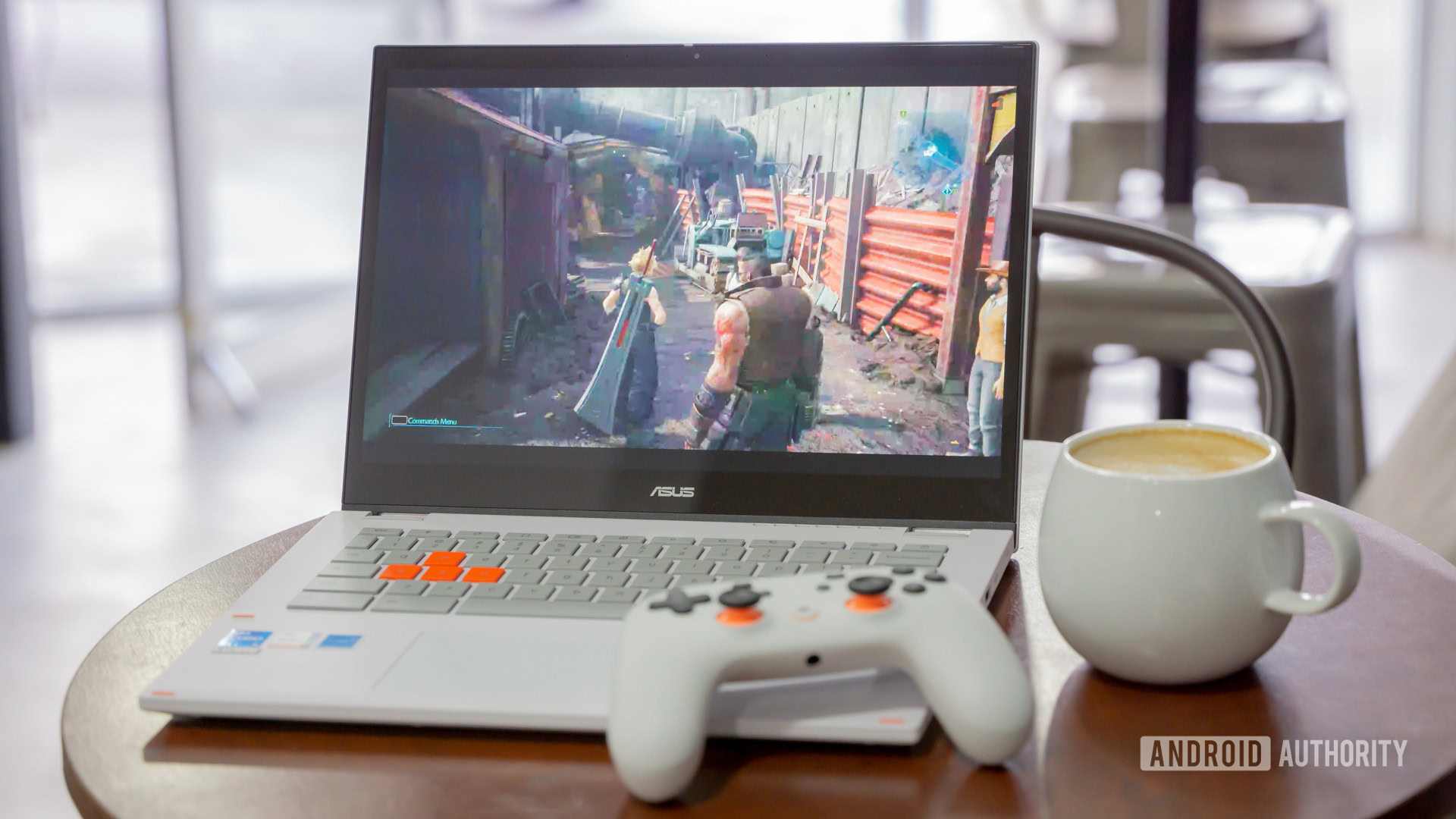
We know many of you want Windows because most games run on this platform. Cloud gaming is the latest phenomenon in high-end gaming. It allows games to run remotely, using powerful servers that can handle any game without an issue. You can then access and control the game remotely, using any supported device, including Chromebooks.
Some popular cloud gaming platforms include NVIDIA GeForce NOW, Xbox Game Pass, Boosteroid, and Amazon Luna. Of course, these aren’t always free, and for most, you need to have purchased the game already. I am more experienced with NVIDIA GeForce NOW and Boosteroid, and I am especially fond of the latter. I had the most luck with game support using this platform, and it runs very smoothly.
You should also take a look at our guide for using Steam on Chromebook devices. You actually have a very healthy variety of options.
Run Windows on Chromebook devices using Chrome Remote Desktop
Remote desktop tools offer a simple way to virtually run Windows on any machine, including Chromebooks. The most user-friendly way to run Windows on Chromebook devices is probably through Chrome Remote Desktop. This essentially allows you to control a computer from another device or mobile device. It’s a remote desktop app, but it runs on the Chrome browser, making it easier to set up.
The downside is that you need a Windows computer besides your Chromebook. This might defeat the purpose because if you have a Windows machine, you might as well use it instead. But this is an excellent tool if, for example, you have a desktop at home and want to use Windows through your Chromebook when on the go.
How to use Chrome Remote Desktop:
- Ensure you are signed in to the same Google account on both computers.
- Open Chrome on your Windows computer.
- Install the Chrome Remote Desktop extension.
- After installation, open the Chrome Remote Desktop web app.
- Under Set up remote access, Click on the Download button.
- A file will download. When it’s done, hit Accept & install.
- Run the installer.
- Name your computer and select Next.
- Choose a PIN and click on Start.
- Move to your Chromebook and open Chrome.
- Go to the Chrome Remote Desktop website.
- Click on Access my computer.
- Select the Windows machine.
- Enter the PIN number and hit Enter.
- You’re in!
Run Windows apps on Chromebooks using CrossOver
This method won’t help you run full Windows on Chromebook devices, but it doesn’t require tinkering and might be a better option. CrossOver is a software that can run full Windows apps on Mac, Linux, and Chromebook devices. It sounds like the perfect solution, but there are a couple of caveats.
Not all Chromebooks can use it; only Intel-based laptops can take advantage of CrossOver, and these need to be from 2019 or newer. You’ll also need 1GB of free storage and at least 2GB of RAM. Furthermore, not all applications are supported, but many great ones are. You can check out the developer’s compatibility page to see if your Windows apps will work. You might also benefit from using this software in macOS or Linux, as those platforms are also supported.
Consider using a cloud computing service
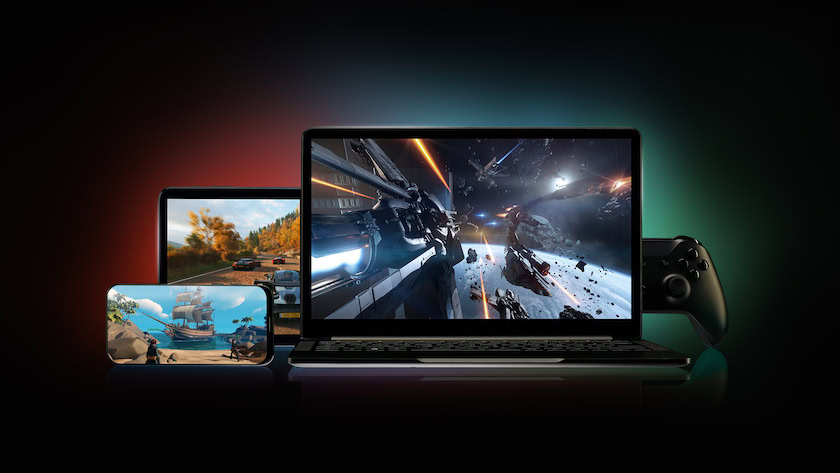
There’s one other way to get Windows on Chromebook computers. We’ve covered cloud gaming earlier in this guide, but we feel Shadow Tech deserves its own section. This is not your average cloud gaming service.
Shadow Tech is different; this company offers a Windows machine in the cloud. While gaming is the main focus, it isn’t restricted to it. You get a remote PC you can access from any supported device (Windows, macOS, Android, Android TV, iOS, tvOS, Linux, and Raspberry Pi). Chromebooks can use the Android app.
Subscriptions for a very basic cloud computer start at $10 per month. If you want more power, more advanced gaming cloud computers start at $20 monthly, and subscriptions can go as high as $55.
You can use Parallels!
You know Parallels, right? It’s the same software that makes it possible to run Windows on MacBooks. It creates a virtual machine within your computer, making it possible to run Windows on a standard window, without having to deal with complex installations and confusing tinkering.
That said, Parallels for Chrome OS only works on Chrome OS Enterprise machines. Additionally, you have to reach out to the Parallels team to purchase it, so it is really only an option for enterprise users. And it is usually pretty expensive. If you can get it, though, it might be the best and easiest solution to run Windows on Chrome OS.
How to install Windows 10 on Chromebook laptops

Have you exhausted all other possibilities and still want to install Windows on a Chromebook? Please remember that this requires heavy tinkering, using third-party drivers, and even opening up your computer. There is a chance you can damage your device and/or void your warranty. Anything that happens is on you, so be careful.
Requirements
- The Chromebook you want to install Windows on.
- The Chromebook needs an Intel-based processor.
- A secondary Windows computer.
- A USB flash drive.
- A USB keyboard and mouse.
Getting the Chromebook ready
- Turn the Chromebook off.
- Open the back and remove the Write Protect Screw. It’s different in every Chromebook, so do some research to find out where you can find it.
- Press Esc + Refresh + Power to enter Recovery Mode.
- Hit Ctrl + D, and then press Enter to enable Developer Mode.
- Press Ctrl + D to boot Chrome OS.
- Press Ctrl + Alt + T to open up a terminal.
- Type in shell and press Enter.
- Paste this: cd ~; curl -L -O https://mrchromebox.tech/uefi-flash.sh && sudo bash uefi-flash.sh
- Press Enter.
- Select Full coreboot Firmware from the options.
- Type Y to confirm.
- Type U to install UEFI firmware.
Download Windows on Chromebook devices using a USB flash drive
- Open a browser on your Windows computer.
- Go to Microsoft’s website to download your Chromebook Windows 10 installation software.
- Insert the USB flash drive.
- Open the file you downloaded and hit Accept.
- Select Create Installation media (USB flash drive, DVD, or ISO file) for another PC.
- Pick Next.
- Choose Use the recommended options for this PC and press Next.
- Pick USB flash drive and hit Next.
- Wait for the process to conclude and click on Finish.
How to install Windows on a Chromebook laptop using a USB flash drive
- Take the Chrome OS Windows USB flash drive and insert it into the Chromebook.
- Your Chromebook might boot directly from the USB device. If it doesn’t, press Esc as soon as the Chromebook boots. Find your USB device and select it.
- Connect your USB keyboard and mouse to the Chromebook.
- Select your language and region and click Next.
- Click Install now.
- When asked about the product key, select I don’t have a product key.
- Select the version of Windows you want to install. Preferably Windows 10 Home or Pro.
- Select Custom: Install Windows only (advanced).
- Delete all partitions listed, ignore warnings, and click Next.
- Let Windows install and reboot.
- Remove the USB drive if asked to do so.
- Set up Windows and skip connecting to a network.
Install drivers for Windows on Chromebook
All Chromebooks have different hardware and drivers, so we can’t give you the drivers you need to make everything work. In addition, many official drivers won’t work, as they weren’t made to work on a hacked computer. This means you might need to find third-party drivers to make everything work.
While we can’t help you much here, we know where you can get everything. Developer CoolStar has developed a guide for installing Windows on Chromebook devices. Go to his website by pressing the button below and selecting your model. This site will provide all necessary drivers and tell you if any components don’t work yet.
How to install Windows 11 on Chromebook laptops
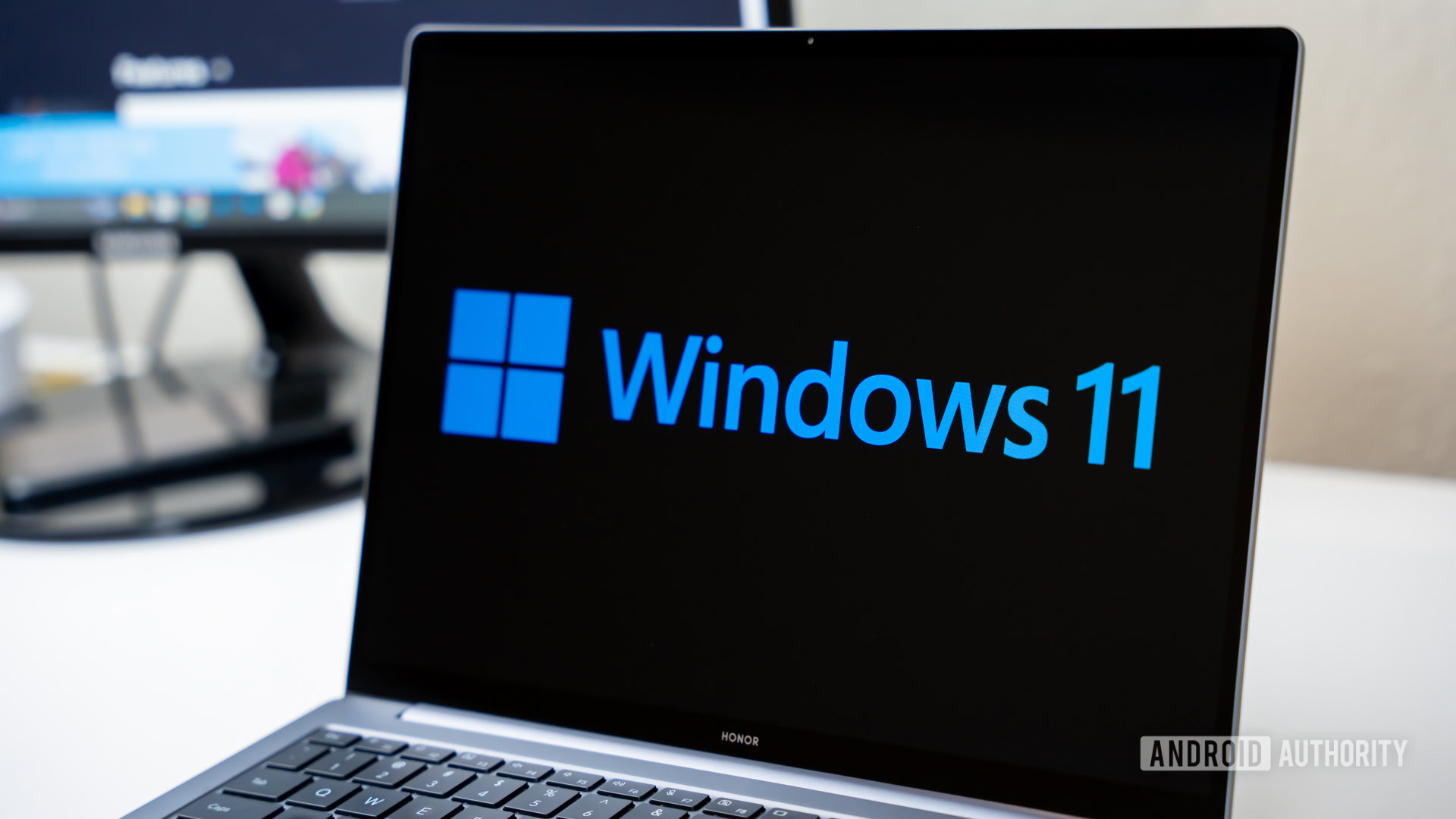
By the way, the process above is for installing Windows 10. The process to install Windows 11 is much more complex, as it has more requirements, and we wouldn’t actually recommend it. If you really want Windows 11, though, we’ll take you through the steps.
Requirements
- This Chromebook should be more powerful than usual, as Windows 11 is a more demanding operating system.
- Chromebook should have Linux support.
- The Chromebook needs an Intel-based processor.
- It also needs compatibility with QEMU and Virtual Machine Manager.
- A secondary Windows computer.
- A USB flash drive.
- A USB keyboard and mouse.
Getting the Chromebook ready
- Enable developer mode: Press Esc + Refresh + Power simultaneously. Then select Enable Debugging features.
- Download QEMU: Press Ctrl + Alt + T to open up a terminal. Type “sudo apt-get install qemu” and hit Enter.
- Download Virtual Machine Manager: Press Ctrl + Alt + T to open up a terminal. Type “sudo apt-get install virt-manager” and hit Enter.
Download Windows on Chromebook devices using a USB flash drive
- Open a browser on your Windows computer.
- Go to Microsoft’s website to download your Chromebook Windows 11 installation software.
- Insert the USB flash drive.
- Open the file you downloaded and hit Accept.
- Select Create Installation media (USB flash drive, DVD, or ISO file) for another PC.
- Pick Next.
- Choose Use the recommended options for this PC and press Next.
- Pick USB flash drive and hit Next.
- Wait for the process to conclude and click on Finish.
How to install Windows on a Chromebook laptop using a USB flash drive
- Launch the Virtual Machine Manager. Launch the terminal by pressing Ctrl + Alt + T and typing “virt-manager”, then hit Enter.
- Click on Create New Virtual Machine.
- Hit Local Install Media.
- Select your Windows 11 file.
- Select the amount of RAM and storage you will allocate to your Windows 11 virtual machine. The Windows 11 installation alone requires about 64GB of storage, so give it more to give the OS some breathing room. We would preferably give Windows 11 about 8GB of RAM, but 4GB should do if you are tight on memory.
- Select Begin Installation.
- When done, you can launch your Windows 11 virtual machine from the Virtual Machine Manager.
FAQs
A Chromebook is a laptop that runs Chrome OS. These devices have a lighter operating system. As such, they tend to be faster, easier to use, and often more affordable. They also have their downsides, though. You can learn more about what a Chromebook is here.
It’s possible to install Windows on Chromebooks, but it’s a very complex process, and you’ll find plenty of issues along the way.
If you’re going to be using Windows, you might as well just buy a Windows computer. It will work better, will have no driver issues, and might cost about the same.
Yes! For starters, you can play Android games. You can also use cloud gaming services to stream titles from your Chromebook.
It is possible to install Windows 11 on a Chromebook, but the process is even more complex and has even more requirements. For starters, you will need a more powerful machine, as Windows 11 is a more demanding operating system. You will also need an Intel processor, and your Chromebook needs to have Linux support,, as you will need to access QEMU and Virtual Machine Manager. Virtualization needs to be enabled from the BIOS. And you will need at least 64GB of storage dedicated to your Windows 11 installation.
Technically speaking, Chromebooks are laptops. A laptop refers to the portable form factor. The only exceptions are Chromeboxes, and Chromebook tablets, if we want to get technical. Some people might consider “laptops” traditional mobile computers running Windows or macOS, though.
Thank you for being part of our community. Read our Comment Policy before posting.
